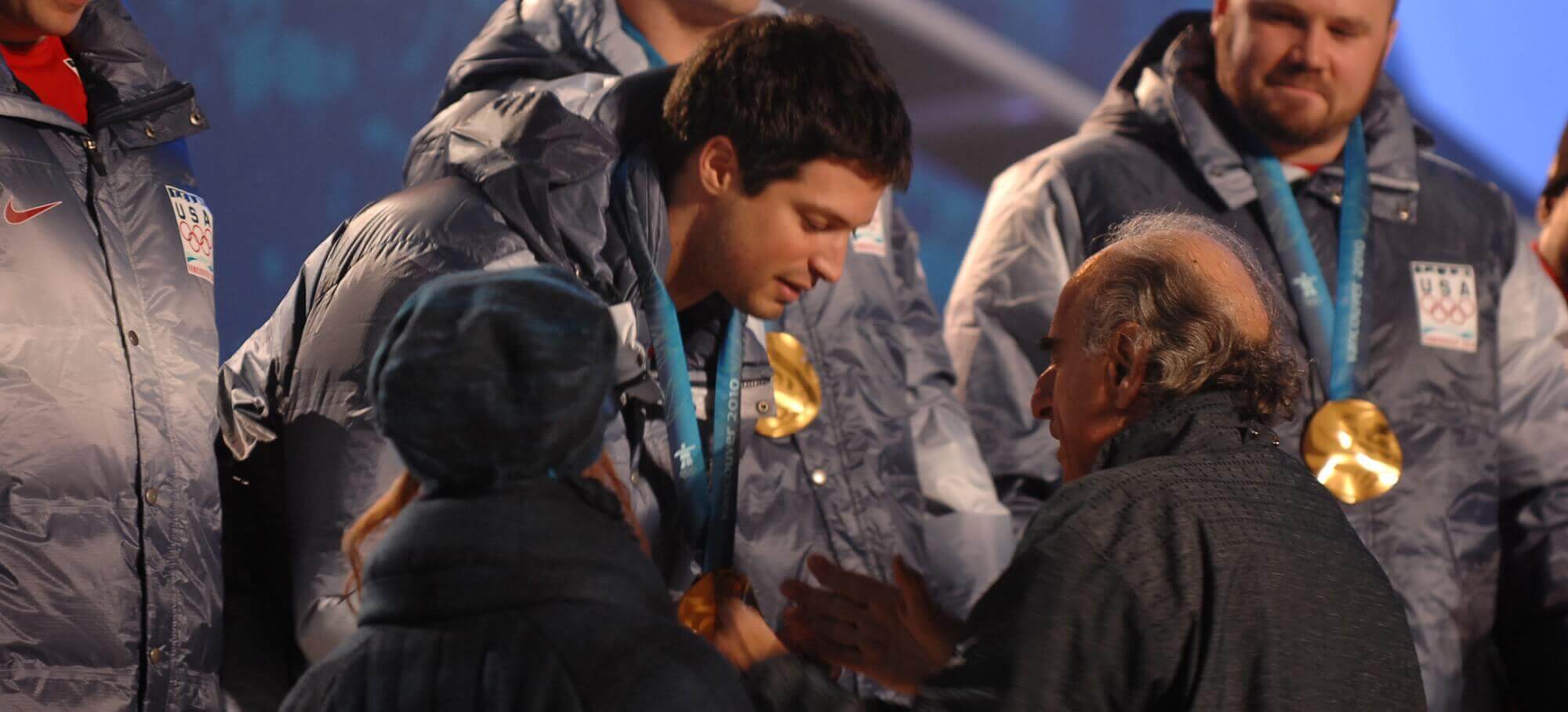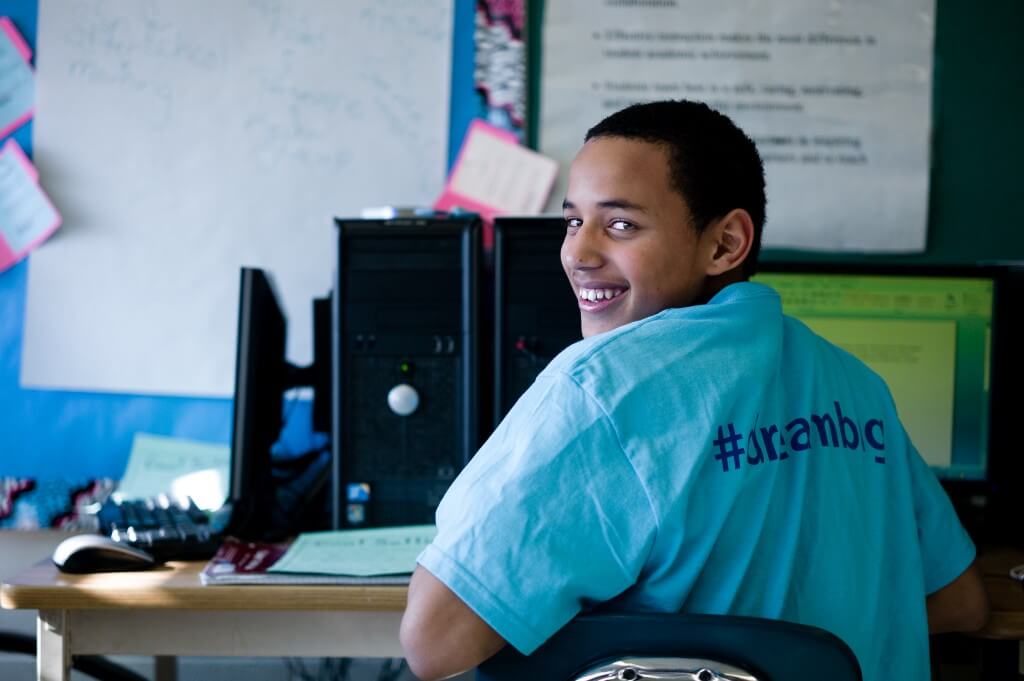A Digital Awakening for Sport and Social Good
Sports in the Digital Age - Innovate by Hashtag Sports

By
![]() Team Hashtag
•
4 min read
Team Hashtag
•
4 min read
January 4, 2017

At some point in our lives we come to what can best be described as an awakening. It’s a moment that stops us in our tracks, a moment that brings the life we’ve been living suddenly and clearly into focus. For those of us fortunate enough, it becomes an opportunity to change our own lives and the lives of many other people.
I feel I was lucky.
For me, that moment when I realized I needed to give back for the athletic fortune I’d had changed my life for the better and the lives of many others along with me.
At the time, a few things had started to dawn on me. The year was 2010 and I was heading into my third Games, and was living the life I’d dreamt of when I was a kid. At the same time, my Olympic career was winding down and the question of “what next” loomed large.
My awakening didn’t come out of nowhere. I was fortunate to be surrounded by people who believed in me no matter what from a young age.
The people around us when we’re young are the gatekeepers for our success later in life.
They genuinely helped and challenged me, and enabled me to achieve my life’s dream. Thanks to the people in my life as I left sport, I was able to start getting focused on something I knew made a difference.
Get Hashtag Sports in Your Inbox
Learn how to connect with the next generation of sports fans
I didn’t just want to be involved in something I put my name on for the sake of it. I wanted to make a real difference and help others do the same.
Getting involved needs to come from an authentic place. It may sound obvious but without authenticity, engaging athletes (or anyone for that matter) is difficult and ultimately unsustainable.
Why?
The upside of giving back is unclear, unlike the consequences.
Wanting to help kids, as many athletes do, means time and travel. Travel means interrupting training, taking valuable recovery time and tossing it aside to get into a car or on a plane, and upsetting sleep and nutrition routines. And the kicker? Who knows if it’s really making a difference?
And so for many athletes, the whole business of giving back is simply a non-starter. No wonder so many organizations struggle to engage currently playing or competing athletes at all or in an ongoing way. It’s easy to miss the main crux of the issue and, in so doing, the opportunity.
Every single sponsor or agency that I work with that’s utilizing athletes for marketing or social good says the same thing — how do we get them engaged in a sustainable way???
Athletes living in the upper stratosphere of sport have so much to offer. They’ve all overcome odds and injury, persevered through incredible and demonstrable challenges, and lived on the edge of risk to accomplish their dreams. Their goals, struggles and achievements are clear and their stories are inspirational. In essence — they’re the people we want our kids to look up to. And if we’re honest they’re the people we look up to too.
Athletes want to engage but they don’t want to sacrifice themselves to do it.
In some ways, athletes are selfish beasts when they’re in the middle of their careers for one simple reason — they have to be. Their window is small and their time is limited. As the saying goes, “Make hay while the sun shines!”
But the world has quickly changed and our powers to connect and engage have shifted dramatically in the space of just 10 years. The digital age of communication has turned our ability to connect with one another upside. The technology that’s out there now has given us a chance to connect people in a way that sport has always connected people — by encouraging and rewarding real-time, live social experience.
At Classroom Champions we’ve created an ecosystem that brings athletes directly into schools through long-term, stable programming. Close to 100 Olympians, Paralympians, and college student athletes have mentored almost 20,000 at-risk students across the continent because we opened up an opportunity for athletes to engage in ways that wouldn’t take away from their ability to succeed on the field of play.
Leveraging digital technology in partnership with different sports and high-performing athletes to open up opportunities around learning and social cohesion is the future of social good in the industry.
We’re beginning to see it already and any organization worth their salt and invested in attempting to positively impact the world is trying to figure this out as we speak.
Generation Z, the generation following on the heels of the infamous Millennials, and all others thereafter, will only know a digitally connected world.

These are the kids we’ll be impacting from now on, the kids forming real relationships through technology and doing so way easier than those before them. If, as Jason Dorsey of Generational Kinetics asserts, technology is a key marker of a given generation’s identity, then Generation Z has kicked off the age of virtual relationship.
Let’s give fans and sponsors what they want. Neill Duffy explains why doing good is good business.
Read More
All of this is fantastic news for sport, the integration of technology with sport, and our ability to accomplish social good together.
The improvement of communication technology and social networks to make it easy for athletes to connect with the next generation coupled with that generation’s intuitive digital engagement means athletes can create real change without changing their successful patterns. They can now meet the rubber where it hits the road and be to the gym in time that their coach will never be the wiser!
Social good is having its awakening moment, and I feel lucky to be here for it.

Steve Mesler is an Olympic Gold Medalist, the President & CEO of Classroom Champions, and a member of the Board of Directors of the U.S. Olympic Committee. Visit www.classroomchampions.org to learn about the work of their Olympians, Paralympians, and Student-Athletes.
To explore more about social responsibility across sports in the digital age, join us for the Athletes & Creators track at Hashtag Sports 2018.